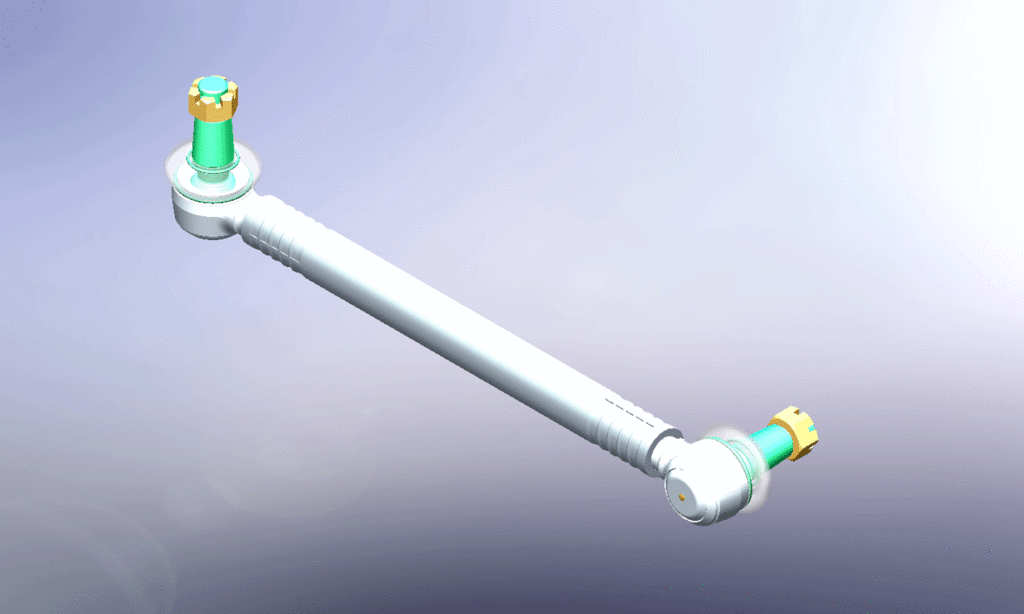UK-based Pailton Engineering has won a tender to develop a military-grade drag link assembly for a military vehicle OEM.
The OEM was looking for a steering specialist to design and create a small, lightweight drag link assembly that would allow its vehicle to remain light and nimble, but would also have the strength to handle the maximum load values the vehicle could face during its extreme application.
“The vehicle in question was a lightweight personnel carrier, with speed being the key feature of its design,” said Eric Sonahee, design and development engineer at Pailton Engineering. “Designed to have a top speed of 70mph (113km/h), it has the potential to be one of the most agile and nimble military vehicles in the industry.
“This is why every gram of weight counted. So the drag link needed to be able to withstand maximum usage loads in one small, light and compact part. This was no easy task, especially considering that this vehicle could be used all over the world and, therefore, needed to be tested against temperatures as low as -40°C.”
Pailton’s team of designers analyzed the loading information and selected the right joints by carrying out theoretical calculations on all aspects of the assembly. However, this standard way of working wasn’t sufficient for such a non-standard request.
“As the customer wanted such a small, light joint, just carrying out a theoretical calculation wasn’t enough,” said Sonahee. “So we also undertook a variety of physical testing to find a small enough part to fit the brief – which was incredibly challenging. We then took a different path to get around this problem, keeping the same geometry of the drag link, but changing the material to a lightweight, yet strong, alternative.”
To generate detailed findings, Pailton carried out testing of this non-standard drag link throughout the design process to very accurate loads. This was especially important as the OEM wanted to put its vehicles straight into an intensive test program, and was expecting the components to perform to the highest level.
The OEM had multiple test vehicles set up at its site to test different parts from a range of potential suppliers. These vehicles were intensively trialed on an assault course, simulating driving thousands of miles over the duration of a week. Pailton Engineering subsequently won the contract to produce the drag link.


